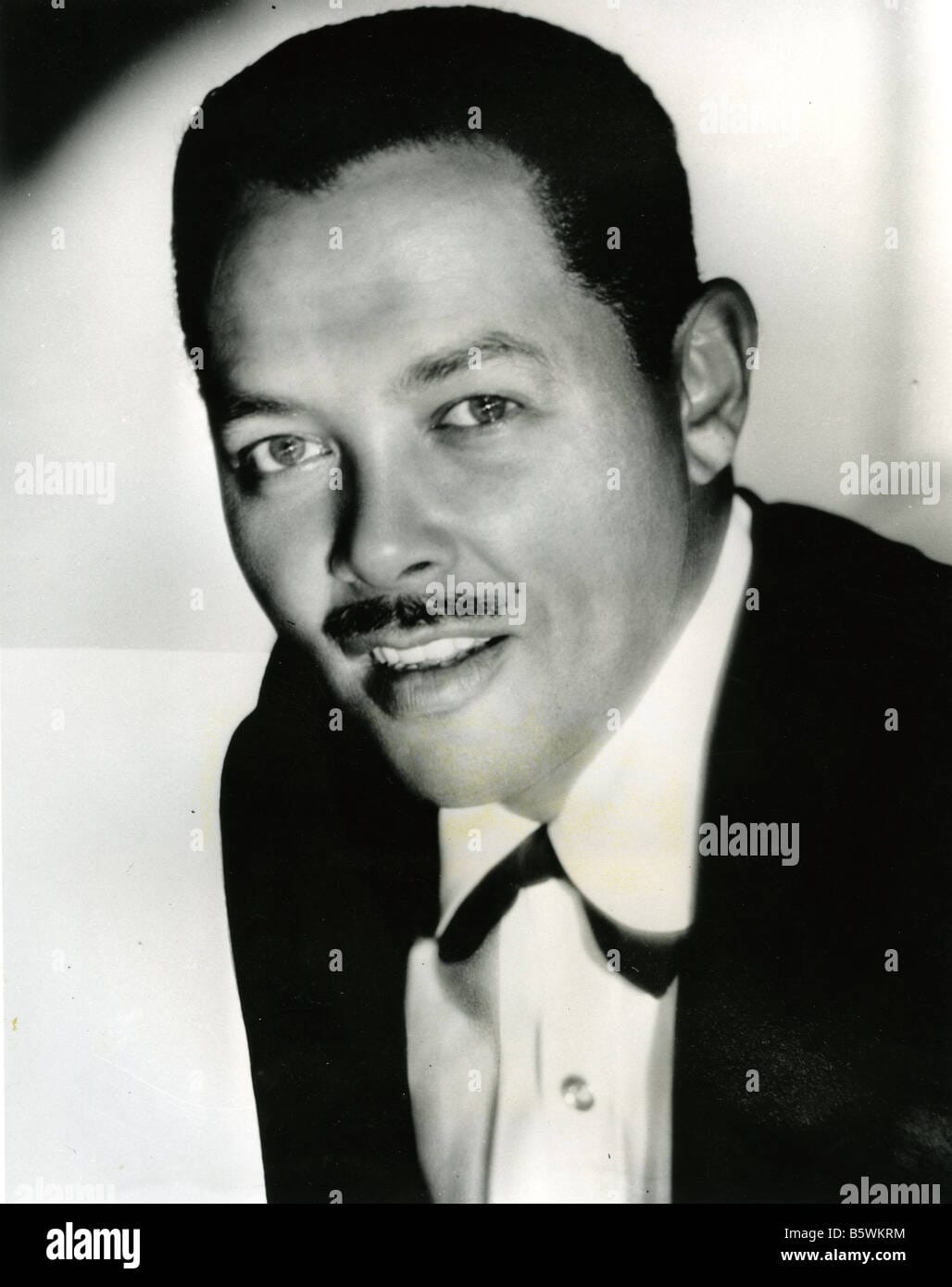Ever heard of Opie Cates? Maybe you’ve seen his name in a crossword puzzle. But there’s more to him than just four letters. This Arkansas-born musician, Opal Taft Cates, became a prominent bandleader during the swing era. He wasn’t just a talented clarinetist; he led a renowned orchestra and even charmed audiences as a radio personality. Let’s explore the story of this often-overlooked music legend.
From Farm to Fame: The Opie Cates Story
Opal Taft “Opie” Cates, a name synonymous with the swing era, wasn’t born into the spotlight. Born on October 10, 1909, his early life in rural Arkansas, Kansas, and Missouri likely contrasted sharply with the glamorous ballrooms and bustling radio studios he’d later frequent. Imagine young Opie amidst the quiet countryside, probably unaware of the remarkable journey ahead. How did this seemingly ordinary farm boy transform into the celebrated bandleader and clarinet virtuoso whose music continues to resonate today?
The Enigmatic Early Years: A Musical Awakening
The specifics of Cates’s early musical education remain somewhat shrouded in mystery. While details about his first teachers and formative musical experiences are scarce, somewhere amidst his rural upbringing, a musical spark ignited. He developed a deep passion for the clarinet, which became his primary instrument and his voice in the world of music. What drew him to the clarinet? Was it the allure of its melodic tones, the technical challenge, or perhaps the influence of a particular musician or radio broadcast? These unanswered questions add an intriguing layer to the Cates narrative, inviting us to piece together the puzzle of his early influences.
Swinging to Success: Opie Cates and His Orchestra
The vibrant swing era, with its infectious rhythms and energetic melodies, provided the perfect backdrop for Cates to flourish. From the mid-1930s through the mid-1940s, Opie Cates and His Orchestra gained prominence, becoming a driving force in the swing music scene. Their 1946 recording of “I’ve Found A New Baby” encapsulates their dynamic style and captures the essence of the era. What fueled their success? Was it musical innovation, a deep respect for tradition, or perhaps a unique blend of both? Further research into their musical arrangements and performance style could reveal the key elements that distinguished them in the competitive swing landscape.
Beyond the Bandstand: Cates on the Airwaves
Cates’s talents extended beyond instrumental performance. He also possessed a natural ability to connect with audiences through the medium of radio. This transition from bandleader to radio personality showcases his versatility and suggests an eagerness to explore diverse forms of creative expression. What type of radio programs did he participate in? Did he embrace comedic roles, engage in dramatic narratives, or perhaps host musical programs? Uncovering more about his radio career could unveil a wealth of fascinating stories and provide a richer understanding of his multifaceted persona.
A Lasting Legacy: More Than a Crossword Puzzle
Decades after his passing on November 6, 1987, Opie Cates continues to surface in popular culture, often appearing as a crossword puzzle clue. But his impact extends far beyond these brief mentions. He was a gifted musician, a charismatic performer, and a personality who contributed significantly to the swing era and the golden age of radio. While some aspects of his life and career remain relatively unexplored, his musical contributions undoubtedly continue to resonate with listeners. Further research may illuminate the full extent of his influence on American music and popular culture.
Delve into the profound wisdom and powerful messages of TD Jakes sermons written and discover a treasure trove of inspiring insights. Explore the fascinating life and influential career of wrestling visionary Toots Mondt and uncover his lasting impact on the world of sports entertainment.
The King of Swing: Benny Goodman’s Reign
Benny Goodman, the undisputed “King of Swing,” wasn’t just a bandleader; he was a phenomenon who propelled jazz into the American mainstream, transforming popular culture in the 1930s and ’40s. His story is one of remarkable talent, relentless ambition, and a profound impact on the music world. Born in 1909 in Chicago amidst challenging circumstances, Goodman discovered solace and escape in music. His clarinet, a gift from his father, became his voice, his tool for transcending his humble beginnings. He immersed himself in Chicago’s vibrant jazz scene, honing his craft alongside influential musicians and developing his distinctive style.
Goodman’s ambition extended beyond individual performance; he envisioned leading a band, crafting a sound that was uniquely his own. He assembled talented musicians who shared his passion, and together they forged a dynamic blend of jazz, swing, and big band music that resonated with audiences nationwide. Radio broadcasts and recordings amplified his reach, establishing him as a prominent figure in the burgeoning swing era.
The legendary 1938 Carnegie Hall concert stands as a pivotal moment in Goodman’s career and jazz history. This performance solidified his “King of Swing” title and marked a turning point for jazz, elevating its status as a legitimate art form. Goodman’s influence transcended musical innovation. He challenged racial barriers by integrating his band, featuring Black musicians like Lionel Hampton and Teddy Wilson. This bold move, while not without its difficulties, contributed to greater inclusivity in the music world.
Even as swing’s popularity waned, Goodman’s musical journey continued. He explored new genres, collaborated with diverse artists, and consistently pushed his own boundaries, demonstrating a lifelong commitment to artistic growth. While other bandleaders certainly contributed to the swing era, Goodman’s unique blend of musical genius, innovative bandleading, and social impact sets him apart, solidifying his enduring legacy as the “King of Swing.”
The Sentimental Gentleman of Swing: Tommy Dorsey
Tommy Dorsey, often hailed as the “Sentimental Gentleman of Swing,” was a prominent American trombonist and bandleader whose smooth playing, innovative arrangements, and charismatic presence left an indelible mark on the Big Band era. Born in 1905 in Shenandoah, Pennsylvania, Dorsey embarked on a musical journey that intertwined with his brother, saxophonist Jimmy Dorsey. Together, they formed the Dorsey Brothers Orchestra in 1934, captivating audiences with their infectious swing music. However, their collaborative brilliance was also marked by creative tensions, ultimately leading them to part ways and form their own bands.
This separation, though tumultuous, arguably fueled Tommy’s growth as a musician and bandleader. The Tommy Dorsey Orchestra, featuring talented musicians like Frank Sinatra, became a defining voice of sophisticated swing. Dorsey’s trombone playing wasn’t merely technical; it was deeply expressive, conveying emotion and captivating listeners. While his signature tune, “I’m Getting Sentimental Over You,” became a timeless classic, Dorsey’s musical explorations extended beyond romantic ballads. His band ventured into various genres, showcasing his versatility and contributing to his enduring appeal.
Dorsey’s success continued through the 1940s and ’50s, marked by movie appearances, radio broadcasts, and consistent popularity. Tragically, his career was cut short by his untimely death in 1956 at the age of 51. Despite this premature end, Dorsey’s legacy remains vibrant. His recordings are cherished by swing enthusiasts, and his influence continues to inspire musicians, ensuring his place as a true icon of American music.
Wallace Hartley: The Bandleader Who Played On
Wallace Hartley, the bandleader aboard the RMS Titanic, etched his name in history not for musical acclaim, but for an act of extraordinary courage and selflessness. Born in 1878 in Colne, Lancashire, England, Hartley’s musical journey led him from the mundane world of bank telling to the grand stage of the Titanic. Hired to lead the ship’s eight-piece ensemble, he and his fellow musicians were tasked with providing musical accompaniment for the elite passengers.
On the fateful night of April 14, 1912, as the Titanic struck an iceberg and descended into chaos, Hartley and his band made a remarkable choice: they continued to play. Amidst the panic and fear, their music became a beacon of calm, offering solace to the terrified passengers. The exact final song they played remains a subject of debate, with “Nearer, My God, to Thee” often cited, though other possibilities exist.
Hartley’s body, recovered days later with his music case still strapped to him, serves as a poignant symbol of his dedication to music and his role in providing comfort during the ship’s final moments. His story transcends a mere historical footnote, becoming a testament to courage, selflessness, and the enduring power of music in the face of tragedy. He and his band weren’t just musicians; they were heroes, their melodies a final act of grace amidst unimaginable circumstances.
- SYBAU See You Baby Meaning: Gen Z Slang Evolves - July 1, 2025
- Unlock Your Inner Youth: Lifestyle Secrets for a Vibrant Life - July 1, 2025
- Decode SYBAU Meaning: Gen Z Slang Explained - July 1, 2025






